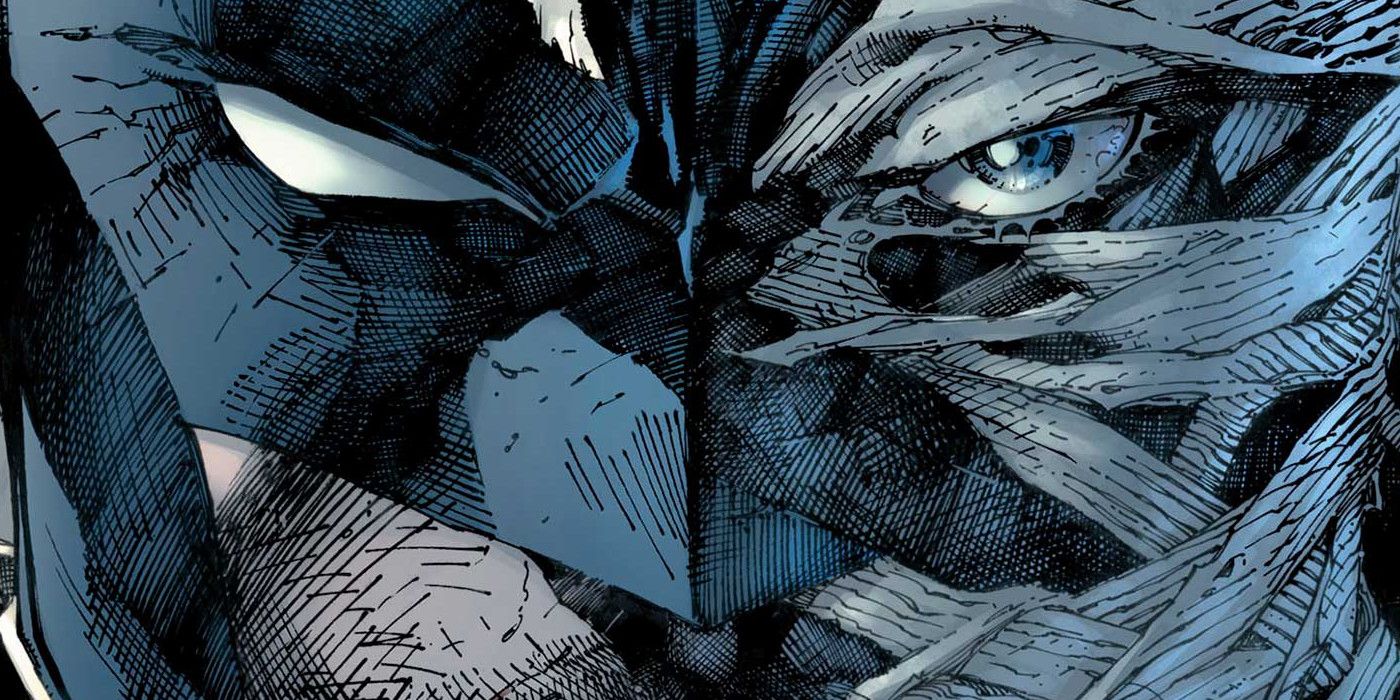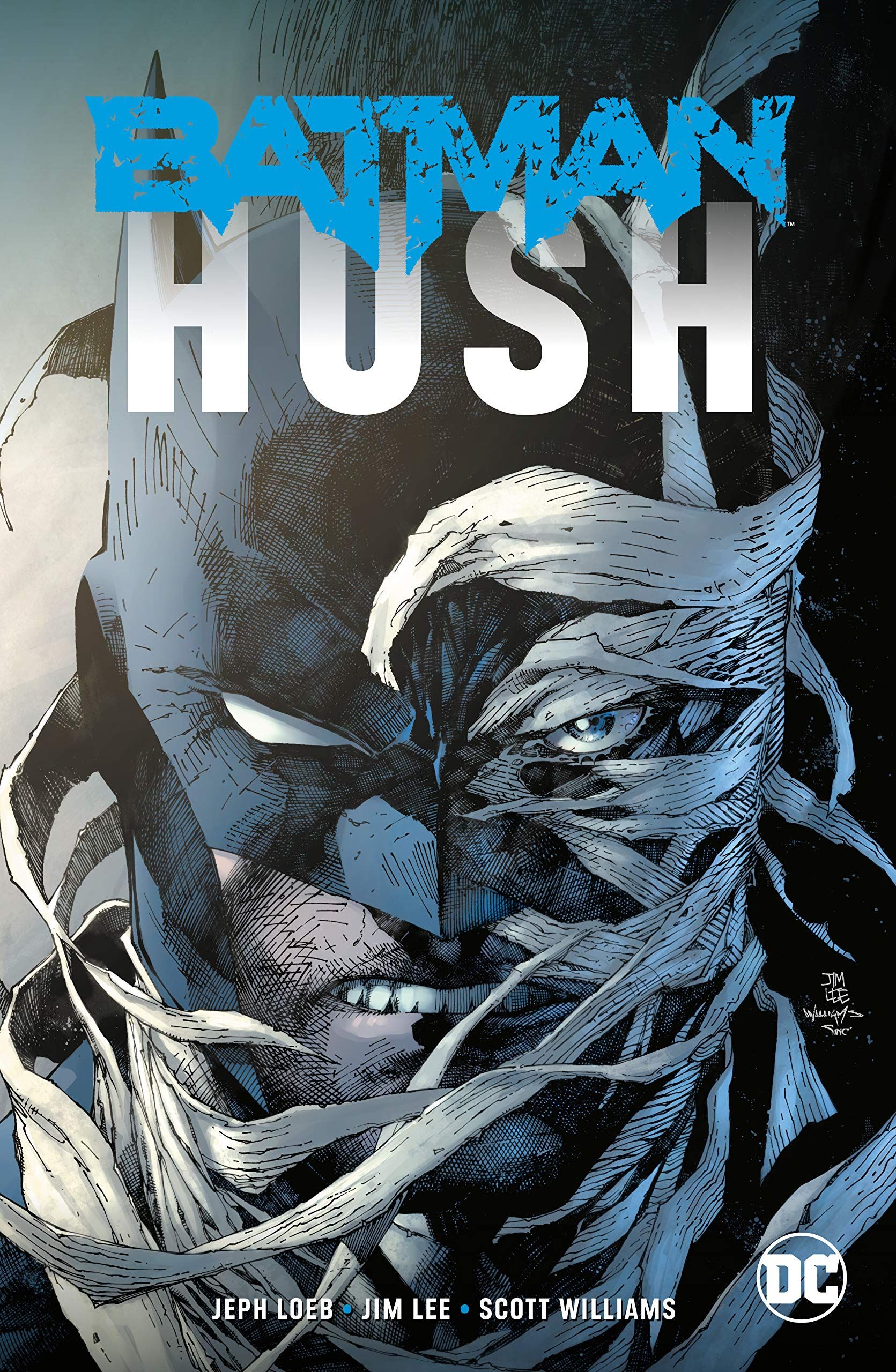DC Comics' collective plans for the 2020 Chicago Comics & Entertainment Expo (better known as C2E2) necessitated a last-minute change after the publisher parted ways with its longtime Co-Publisher Dan DiDio.
But while DC's announced "Meet The Co-Publishers" panel was notably scrapped from Friday's show plans, DiDio's once partner and still DC CCO Jim Lee stayed the course for his own spotlight panel Saturday afternoon in Chicago. In his first public appearance since DiDio's firing, Lee offered DC's first official statements the company's future plans – mostly centered on online speculation that the publishing arm of the now AT&T subsidiary would be massively reduced or even close up shop in the future.
"You guys hear any good rumors lately?" Lee joked at first as he took the C2E2 Mainstage before adding "Let me start by saying – to address some of the stuff that's out there. There are rumors. There's been some speculation out there...[but] DC's been around for 85 years, and we're going to be around another 85 years.
"The actual strategy of DC is to put publishing at the center of everything we do," he said, calling the comics "the engine" that drives all of DC's entertainment output.
"It's my intent going forward as the Publisher to lean on the experience of [our staff]" Lee promised, calling out Hank Kanalz, Bob Harras and many of the other members of DC's executive team as people who would stay in place and continue to build on the plans already in place. "I've worked with these people for years now, and we know the business inside out...it's hard for me to talk about things we haven't announced, but I know we've teased some things out.
"Our intent is not to do a line-wide reboot," Lee said finally. "Our focus is to continue what we've done best: pairing characters with great creators and continue to make diverse and amazing stories that you guys love...we're telling stories about characters that can fly and going into other dimensions. It should be a lot of fun."
Lee then shifted to his more standard spotlight presentation, telling a little of his personal history as a creator while sketching for the crowd via an on-stage projector. The artist explained that his parents heavily pushed him to go into the family business of being a doctor until as a college student he put his foot down about pursuing his professional passion. "Ultimately I had to walk out of the house and make a dramatic exit before they realized I was serious and supported me in becoming a comic book artists," he explained.
The creator's goal at the time was to draw the X-Men for Marvel – his favorite franchise as a teenager. Lee mentioned that it's strange that his DC Editor-in-Chief Harras and current DC production head Alison Gill both worked with him during his '90s X-Men heyday as he sketched Wolverine joke, "I don't know if I'm allowed to draw this anymore."
He picked up his personal narrative with the creation of Image Comics, saying that he has one sister, but the co-founders who left Marvel with him to start the creator-owned company were like his brothers. "I think it was really, at the time, kind of addressing the power balance between the companies that owned the characters everyone loved and the artists who shaped how readers experienced them...that departure led to a lot of interesting advances for the industry." He said Image's championing of digital coloring, new artistic faces and new methods of storytelling had a huge impact on how all comics were made since.
In 1998, Lee was getting burnt out on being courted as a creator by every animation and toy company that wanted a piece of his creations. "We didn't know how to say 'No,'" he said, noting that they even took a meeting on an "Image Comics On Ice" pitch. "One of the reasons I sold [my Image imprint WildStorm] to DC is that we have an incredible depth to our bench. They had such a great staff of people with collective experience going back decades." Lee said that the transition from periodical publishing and into trade paperbacks and book market publishing was the kind of change comics needed that only a business as big as DC could build. As he climbed the ranks of the corporation, he said that he had to get used to the idea of publishing books that would take three or five years to turn a profit and that he expected he wold leave after his first five-year contract was up.
What kept Lee as a DC creator and employee? The 12-issue arc Batman: Hush with Jeph Loeb. "I'd kind of lost a lot of enthusiasm for what I was doing," he said. "There's a big hazy moment that surrounds that period where I sold the company. People talk about being in charge of a company as a really cool thing where you don't have to answer to anyone...my experience is that you're beholden to all the people that work for you." Doing the Batman series brought Lee out of "this funk" as he and Loeb crafted the series in secret until they were ready to put out the book monthly. "By the time we finally solicited the story, I had nine issues already done...and I barely finished the 12th issue on time!" he laughed.
Explaining this transition period in his own career, Lee completed head sketches of his WildStorm character Grifter and then Batman.
"I've been at DC since '98, so that is 22 years, and everything before that point, I started to see a natural rhtyhm where every five years I'd move on to the next big thing...the next challenge, the next opportunity...and then after [doing Hush] I worked on a video game called DC Universe Online," he said, noting that at the time he thought he would leave as well. But after almost 6 years of development he got tapped to be Co-Publisher with DiDio "That was a whole new experience and opportunity, and it lasted about five years...and then I became Chief Creative Officer...there's been a lot of fun things I've seen and done in that space...
"So I just look at being the sole Publisher now...as being in the trenches now more than ever before," he said, stating that "My vision for the line is that one size doesn't fit all." He doesn't expect that his taste as a creator who is 55 will synch up with the younger members of his staff. So he wants the future to reflect comics that can work for all the memebers of DC's audience.
Regardless of where his sketching marker or his storytelling narrative took him over the hour, the main takeaway from Lee's presentation was continuity. No matter how much change impacts comics publishing or DC's publishing plans in particular, Lee seemed to be stressing to those worried about where the company will be in the post-DiDio era, it will continue to be the DC Comics that readers have followed for decades.


